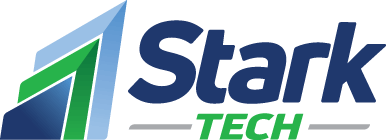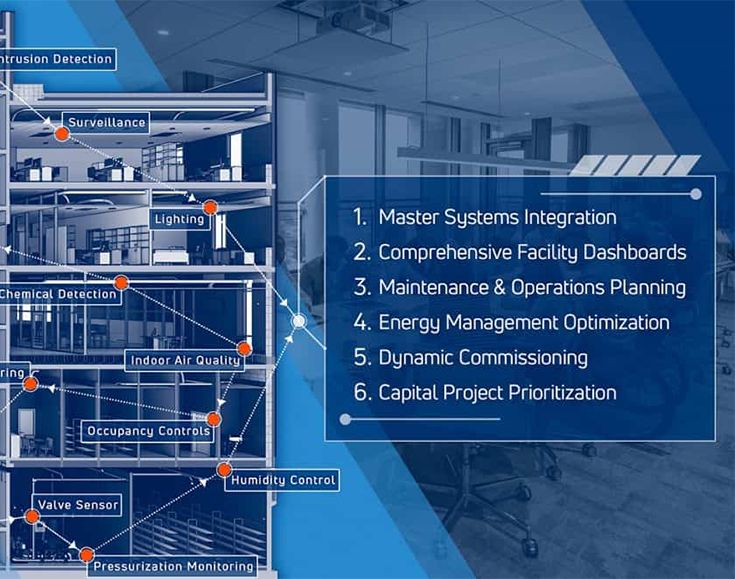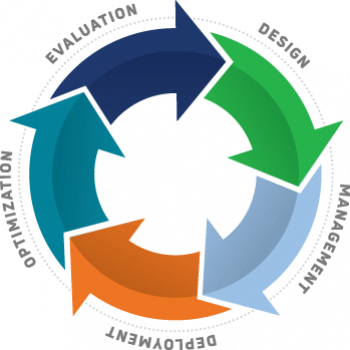Most would agree that 2020 has been a year of challenge, disruption, and unprecedented change. In March, many buildings were forced to abandon integrated building technology, uproot operations, adapt to remote environments, and take a hard look at their standards of operation. The long-term consequences of the upheaval is unclear; however, we do have some key learnings right off the bat.
- Building operators that had the foresight to integrate automation systems and building management solutions into their infrastructure prior to the pandemic found it easier to adapt.
- Remote monitoring and digital dashboards from software and hardware integration played an integral role in overcoming shortfalls in resources.
- Many existing buildings and the entire construction industry lag so far behind in technological advances that recovery from prolonged shutdowns, delays and cancellations in projects, retrofits, and equipment upgrades may last through 2024. This is especially true if a second wave of coronavirus forces repeat shutdowns in the future.
According to the June 2020 McKinsey & Company Report, The Next Normal in Construction, construction remains the largest industry in the global economy, accounting for 13 percent of the world’s GDP of $85.2 trillion. And yet, the industry’s global annual labor productivity growth over the past 20 years was less than 1 percent, which is significantly less than the productivity growth of the global economy at 2.8% at that time.
So, what does this mean?
Skilled trade gaps will further hinder the profitability and quality of construction in the future without the adoption of digitalization, industrialization, and automation.
The industry has historically been among the least digitized industries in the world. Risk aversion and limited margins have hindered widespread adoption of transformative technology in the past. However, the pandemic placed new urgency for adoption to overcome skilled trade gaps, new indoor air quality standards, and standardization of products and on-site automation.
Massive shifts in standards and regulations and newly introduced technologies to prevent airborne spread of coronavirus are placing new requirements on building owners to remain compliant. And yet, the complex nature of construction and logistics – customized engineering and designs – limit repeatability and standardization across the value chain.
So, how can an industry that lags on the innovation scale remain competitive?
- The Internet of Things – connecting more systems to improve communication and visibility into equipment performance, indoor air quality, temperature, humidity, etc. – will play a pivotal role in compliance and efficiency going forward. IoT sensors and communication technology give companies the ability to track and monitor utilization, energy efficiencies and maintenance needs.
- Smart buildings and infrastructure will increase data availability and enable more efficient operations, as well as new business models like performance-based contracting and energy as a service (EAAS).
- Modular construction will be used to standardize the building process and accommodate longer-haul transport of materials, according to a 2015 McKinsey Global Institute (MGI) report. Type certificates can replace individual on-site approvals, accommodating social distancing protocols that limit the number of on-site workers.
- Building Information Modeling (BIM), which currently has approximately 60% adoption, according to the MGI report, will add features and components over time, including scheduling and budgeting, to create full-scale project management software solutions.
- Advanced analytics used to monitor efficiency and fault detection at multiple sites simultaneously helps benchmark and rank site productivity, establish Key Performance Indicators, and incentivize workers to improve performance while keeping costs low.
This inevitable change will be a tremendous opportunity for those companies that actively engage, as said in previous postings. Companies that embrace this have the opportunity to potentially double their operating income which can be extremely helpful in the long-term sustainability of the company. If this technology can improve customer service, better projects, and strengthen the companies than their risk profile relative to where we are today is more appealing and sustainable long-term. These companies also need that net income to offset growing expenses as far as insurance, safety, bonding, training, taxes and perhaps much more.
Stark Tech takes the fragmented, multi-step design build process of today and streamlines it into full turnkey projects from concept through completion. With a customer-first mantra, Stark provides the technology, expertise, and customized service needed to embrace new compliance standards, improve indoor air quality and overcome resource shortfalls. Stark’s suite of capabilities include integrated smart building technology, high-quality and customizable equipment products, and advanced analytics solutions that provide continual building intelligence for total facilities optimization.
For more information, visit the Stark Tech website.




